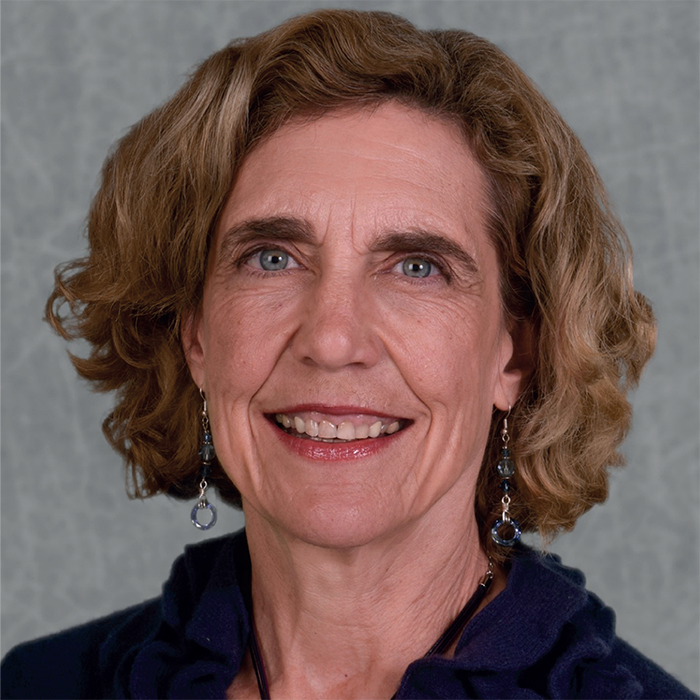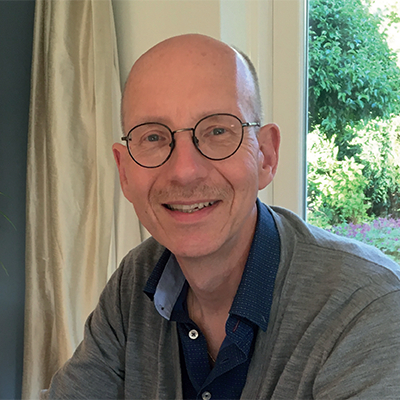Jennifer Van Eyk: Proteomics! The power of proteomic approaches is that they bring the best of both hypothesis-driven and hypothesis-generation research together. Proteomics technologies allow you to ask key questions, but the data provides a larger set of information about the cell, tissue, or body fluid.
Lisa Jones: I think the development of single-cell proteomics has been very important. The ability to study cellular heterogeneity from a protein perspective is essential owing to post-transcriptional and post-translational regulation reducing the correlation between transcriptomics and proteomics. Workflows such as nanoPOTS and SCoPE-MS have provided unprecedented protein level information on cellular heterogeneity. To think how much this field has already accomplished in a short time… The potential of the method is vast and could have a high impact in several research areas.
Facundo M. Fernandez: One of my favorite developments has been high resolution workflows that couple hyphenated techniques (or spatially resolved techniques) with machine learning and artificial intelligence. Techniques such as deep learning and explainable AI will likely become commonplace in every analytical chemistry workflow in the near future – it is already the case in fields such as genomics, proteomics, and metabolomics.
John Yates III: This is an easy one – the Orbitrap. This mass analyzer delivered high resolution, high mass accuracy to the masses (pardon the pun).
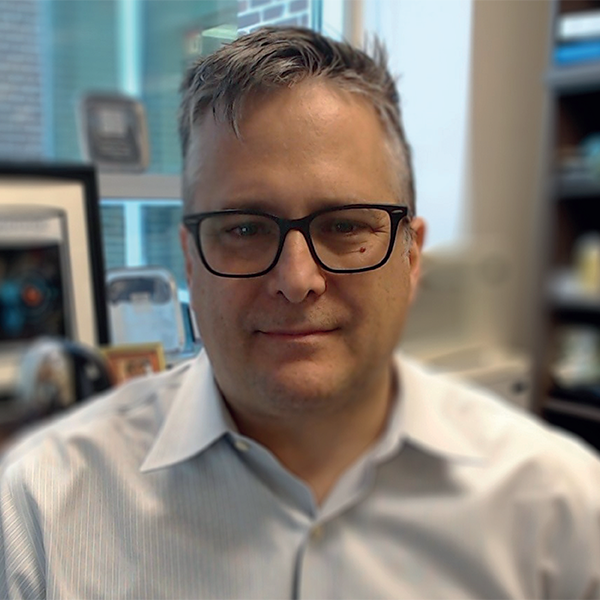
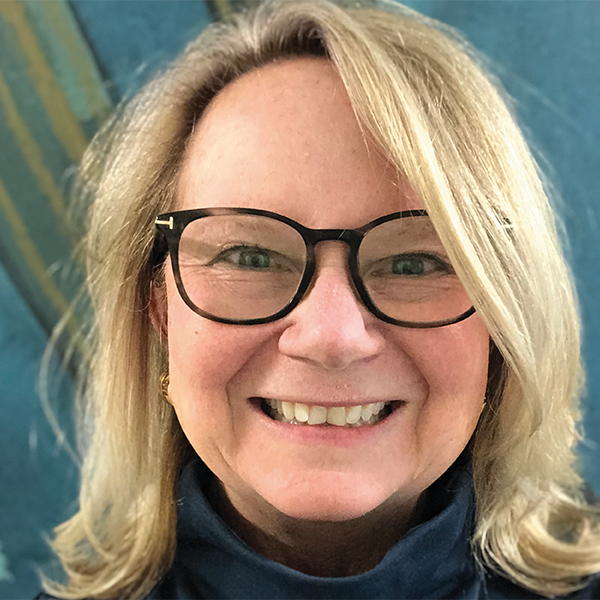
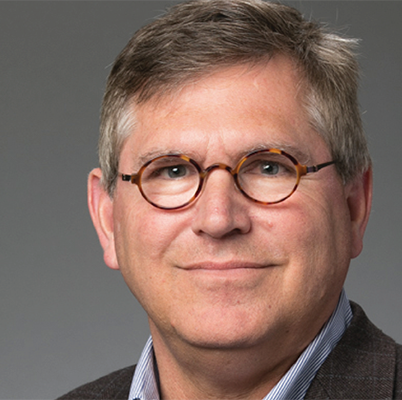
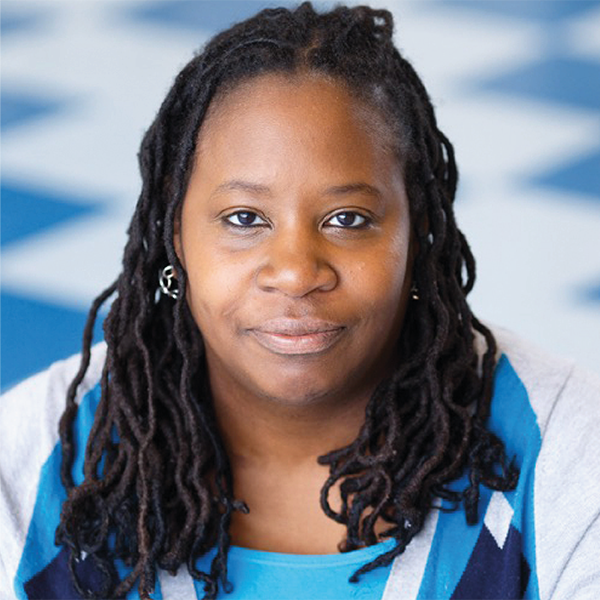
Benjamin Garcia: The invention of the Orbitrap mass spectrometer and following hybrid instruments allowed very high-resolution mass spectrometry to be accessible to anyone in the field, which previously was something that only those trained in FT-ICR-MS could perform. However, this new analyzer was coupled to ion traps and also started the push for the new lines of hybrid instruments that allowed for not only high resolution measurements, but also allowed these instruments to be compatible with on-line liquid chromatography timescales, something FT-ICR-MS was not. The proteomics field would not be where it is today without the Orbitrap, which in itself was ground-breaking, but it also started the race for other hybrid instrument developments (for example, timsTOF, ZenoTOF, and so on) by several other vendors as well.
Paul Haddad: The development of quantitative structure-retention relationships technology – whereby the retention time of a compound can be predicted accurately based only on knowledge of its chemical structure. This technology has become particularly important in the elimination of false positives in non-targeted metabolomics using LC-MS.
Chuck Lucy: There are so many! But one that really stands out is the emergence of green(er) analytical chemistry. The past decade has seen greater use of microbore columns in HPLC, hydrogen carrier gas in gas chromatography, microwave plasma atomic emission using nitrogen, and microfluidics in a wide range of techniques. Rather than diminishing the analytical capabilities, the greening trend is fostering the development of point-of-care and portable instrumentation – which leads to further exciting applications of these techniques.
Koen Sandra: The continuous evolution of mass spectrometry is incredible. We can address an enormous multitude of questions with this technology in a wide range of application domains. Thousands of species can be identified in a matter of hours, solutes can be readily quantified in challenging matrices at ppq levels, and minute details of complex products can be revealed.
We’re also experiencing advancements in pharmaceutical analysis due to the rapidly evolving market. New reagents and columns have been developed, liquid chromatography has advanced significantly, different separation techniques have been combined with mass spectrometry, native mass spectrometry has become popular for measuring previously unmeasurable proteins, and mass spectrometry is now used to study higher-order structures. With such an impressive arsenal on the battlefield, one can rest assured that well-characterized and safe medicines will reach patients.
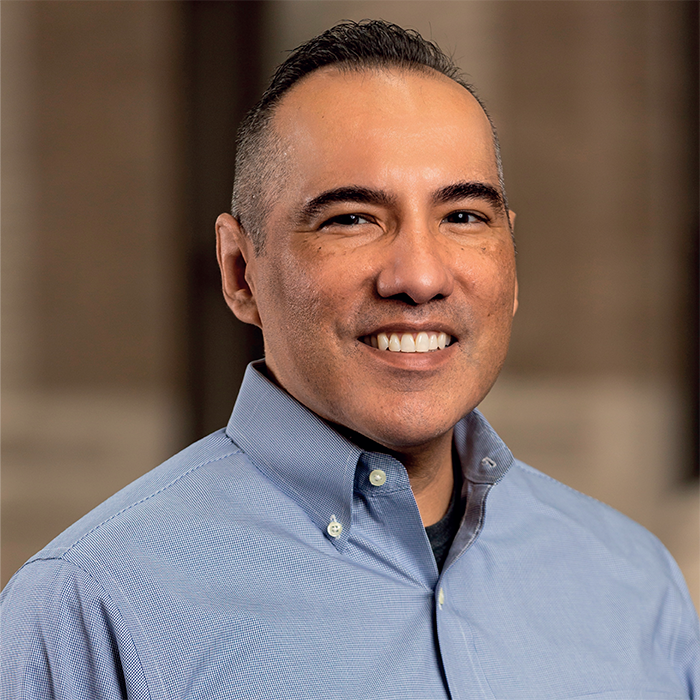
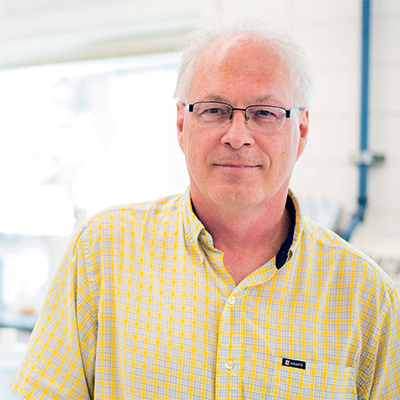
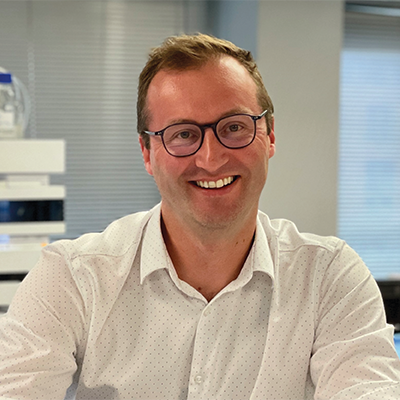
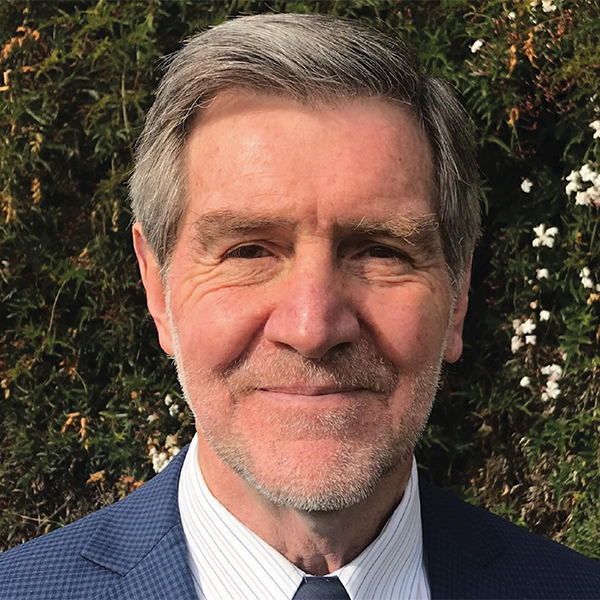
Frank Svec: With a focus on chromatography, the last decade has seen rapid developments in the analytical sciences. Sample preparation has become a top priority due to the complex and miniature nature of the samples in question. A wide variety of methods have been developed, such as SALLE, MIPSE, and MESI. We’ve also seen micromachined separation devices move to the production line.
Additionally, mass spectrometry has become an almost mainstream method – ion mobility MS instruments are used at nearly every airport across the globe to detect explosives.
It is hard to imagine a chromatography laboratory today without MS.
Alexander Makarov: When it comes to the whole of analytical science, I believe the rise of single-molecule methods was the most important development!
Marcello Locatelli: Luisa Torsi’s work with Single-Molecule with a Transistor (SiMoT) project has been fundamental for our field. This micro transistor is capable of measuring a single protein molecule and the project as a whole has highlighted how a multidisciplinary approach can lead to incredibly successful results. The SiMoT project also shows the importance of progressing with analytical chemistry to reach its full potential.
Michael Lämmerhofer: Hard to say – probably the evolution of artificial intelligence and machine learning, allowing us to utilize the large amounts of data that we can generate in the analytical sciences.
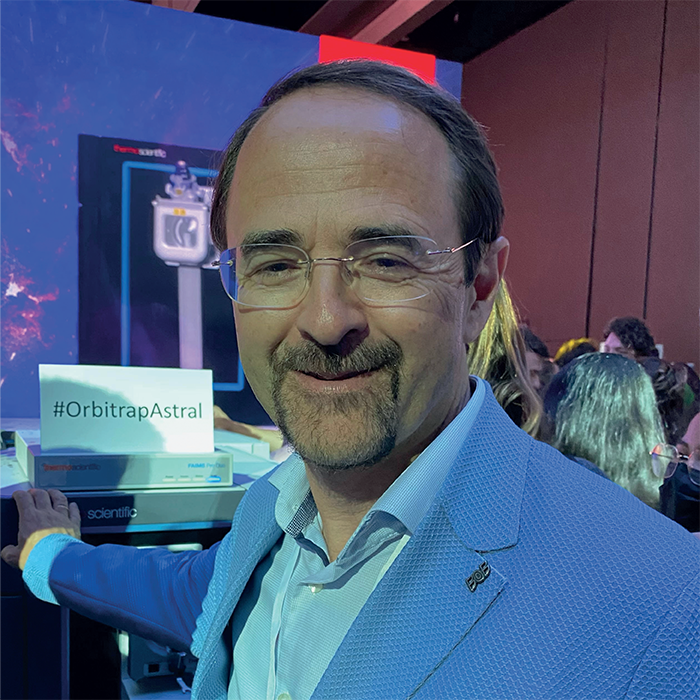
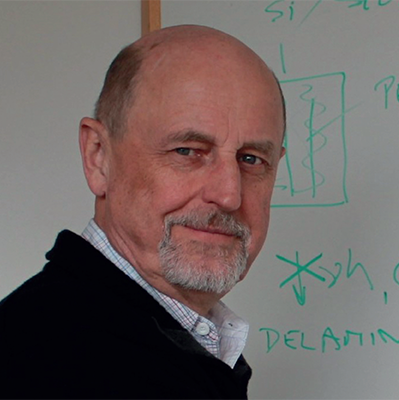
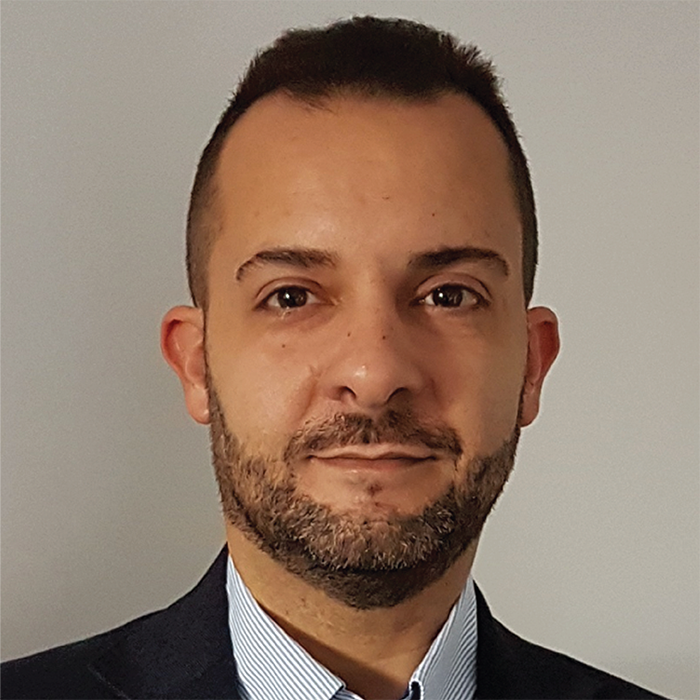
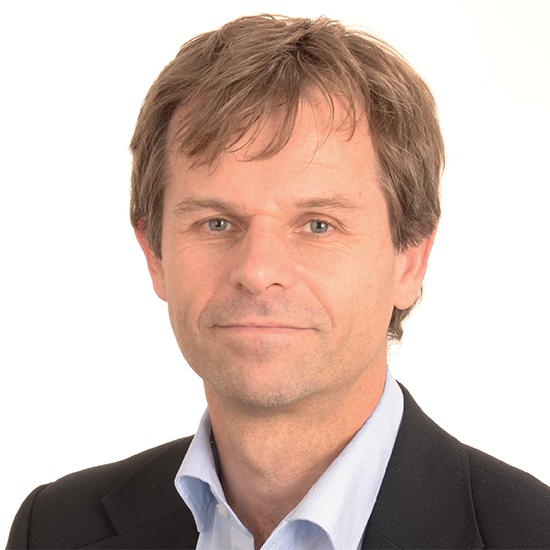
Hans-Gerd Janssen: The reliability and stability of large data sets delivered by high resolution methods – such as LC-MS and GC-MS. Unfortunately, our ability to gain meaningful information from this data is lagging behind. We should now direct our attention to the weakest link and make an effort to ask ourselves what this is at regular intervals.
Frances S. Ligler: Creative use of cell phone optics and cell phone apps for data analysis and transmission.
Image Credit: All headshots supplied by interviewees
